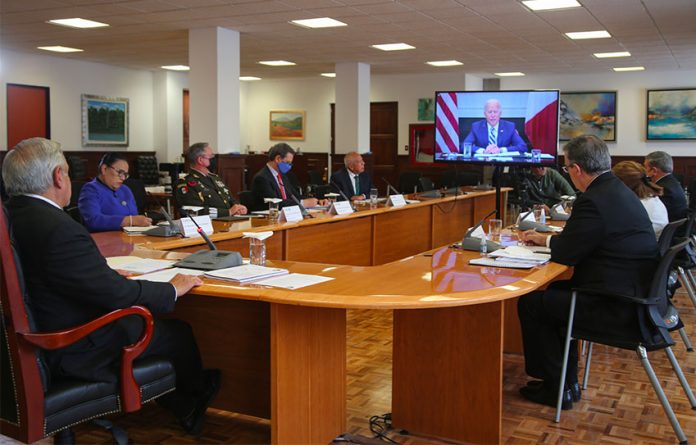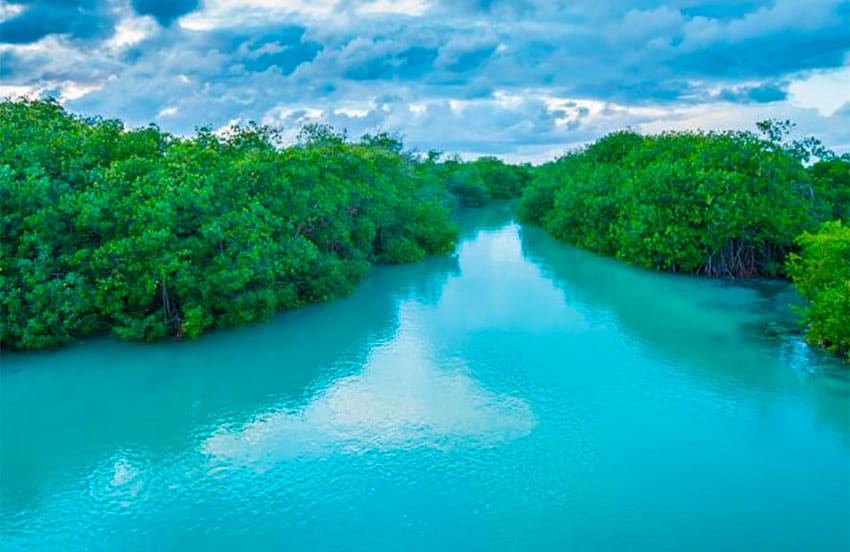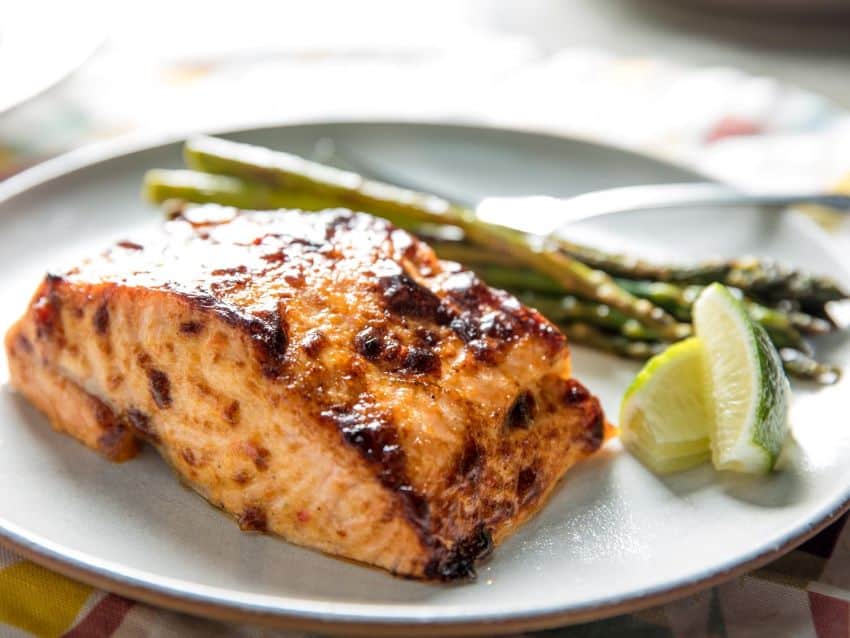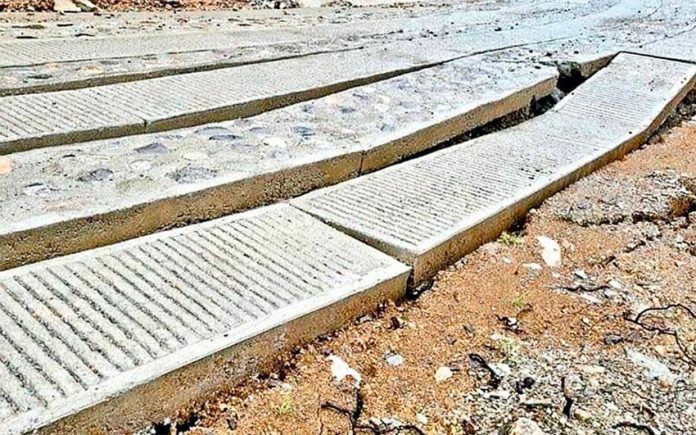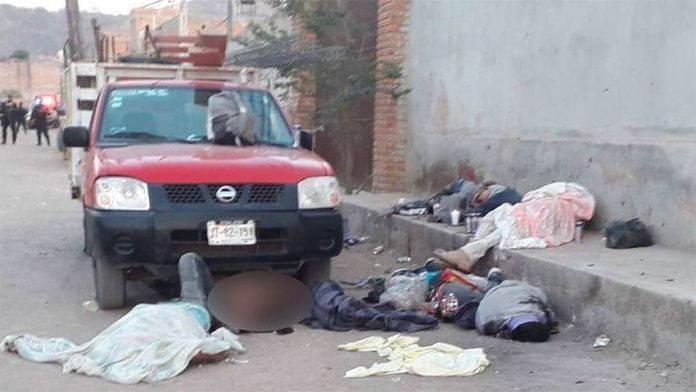President López Obrador and United States President Joe Biden reaffirmed the “enduring partnership” between Mexico and the U.S. during a virtual meeting on Monday and committed to working together on a range of issues including the coronavirus pandemic, which has claimed more than 700,000 lives in the two countries.
Both leaders committed to working jointly to combat the Covid-19 pandemic, to reinvigorate economic cooperation and to explore areas of cooperation on climate change, they said in a joint statement.
López Obrador and Biden also reaffirmed the importance of combatting corruption and maintaining bilateral security cooperation. The security relationship came under pressure late last year after former defense minister Salvador Cienfuegos was arrested on drug trafficking charges by the United States without notifying Mexico of its plan. But in a surprise move apparently designed to appease Mexico, the U.S. dropped the charges and sent the ex-army chief home, where it was determined he didn’t have a case to answer to.
The leaders also discussed migration on Monday and “committed to immigration policies that recognize the dignity of migrants and the imperative of orderly, safe, and regular migration.”
López Obrador said Saturday that he would ask his United States counterpart to consider establishing a guest worker program for Mexican and Central American migrants but the statement made no specific mention of such a proposal.
However, it did say that the two presidents agreed to collaborate to “develop legal pathways for migration” in addition to cooperating to address the root causes of regional migration and to improve migration management.
The statement said that López Obrador and Biden reaffirmed the importance of close collaboration to respond to the pandemic, but the cooperation doesn’t include – for the time being at least – the U.S. sending Covid-19 vaccines south of the border, which had been one of the Mexican president’s objectives going into the meeting.
The Biden administration said before the meeting that the United States will first focus on vaccinating its population before considering sending shots abroad.
“The administration’s focus is on ensuring that every American is vaccinated. And once we accomplish that objective, we’re happy to discuss further steps,” White House press secretary Jen Psaki told a news conference.
At the start of Monday’s meeting, Biden told reporters that the two leaders would discuss the possibility of sending vaccines to Mexico but the joint statement made no mention of any vaccine distribution plans. However, López Obrador said Tuesday that Biden demonstrated “great understanding” of Mexico’s request for the U.S. to supply vaccines to its southern neighbor.
Mexico started its vaccination program on December 24, 10 days after the United States began inoculating its citizens, but has only administered 2.5 million doses since then, whereas the U.S. has given about 77 million. Mexico has agreements to secure more than 200 million vaccines but fewer than 4 million had arrived by Monday.
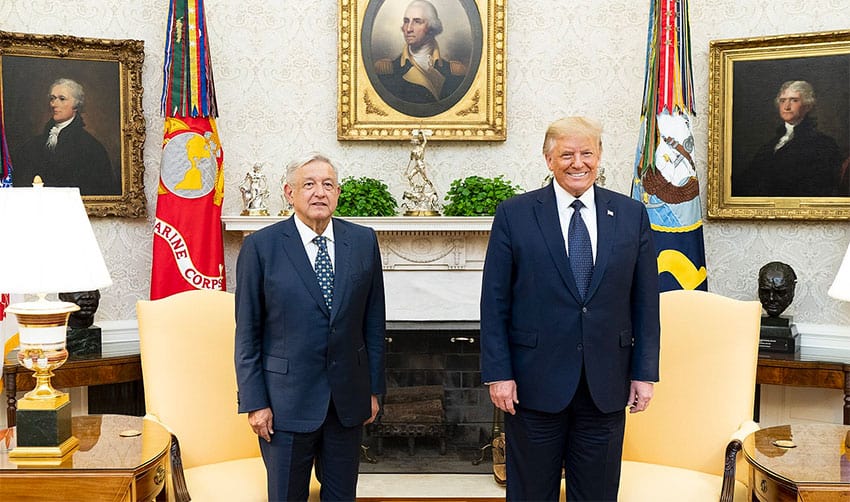
In his opening remarks at Monday’s meeting, Biden said the United States and Mexico are “stronger when we stand together” and “safer when we work together, whether it’s addressing the challenges of our shared border or getting this pandemic under control.”
He reminisced about his trips to Mexico as vice president, noting that he met López Obrador on one occasion, and declared that he treasured his memories of his visits and hoped to build on them over the next four years.
Biden also noted that the Obama-Biden administration “made a commitment that we look at Mexico as an equal, not as somebody who is south of our border.”
“You are equal. And what you do in Mexico and how you succeed impacts dramatically on what the rest of the hemisphere will look like,” the U.S. president said.
In turn, López Obrador thanked Biden “for stating that Mexico is important to you” and committing to treat the country as an equal. He said that maintaining good bilateral relations is fundamental and that the governments of the two countries should hold talks periodically.
After noting that Mexico and the United States are united not only by geography but also by their economies, trade, culture, history and friendship, Lopez Obrador cited a quote attributed to former president Porfirio Díaz.
“He would say ‘poor Mexico, so far from God and so close to the United States.’ I can now say, lucky Mexico, so close to God and not so far from the United States,” he said.
“I believe that our proximity will allow us to develop better in these times. … Integration will strengthen both our countries as we are faced with this inevitable expansion of other regions. Our relations are strategic,” López Obrador said.
“… I’m very grateful that … you want an equal footing in our relationship. That there is respect for each other’s sovereignty is very important,” the president said, alluding to his view that the United States should not seek to intervene in Mexico’s affairs or tell it what to do on issues over which it has sovereignty, such as energy policy.
“We have to cooperate for development [but] with independence, with autonomy. … I’m very thankful that you are willing to maintain good relations … for the good of our people,” he said.
It was the second time that López Obrador and Biden spoke since the latter took office on January 20. The Mexican president was one of the last world leaders to congratulate the U.S. president after his win in the election last November but rejected any suggestion that his tardiness would trigger reprisals from the Biden administration.
López Obrador, who developed an unlikely friendship with former U.S. president Donald Trump, decided to wait until the election results were official before congratulating Biden in a letter sent in mid-December.
Mexico News Daily
